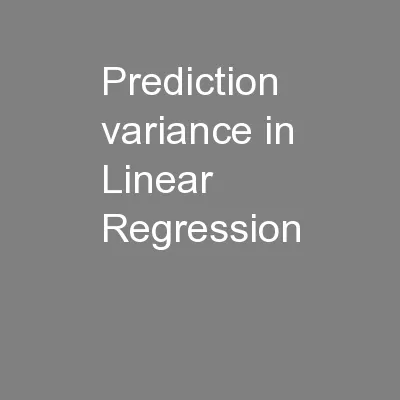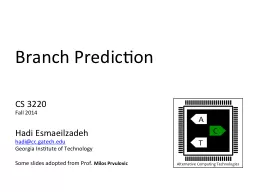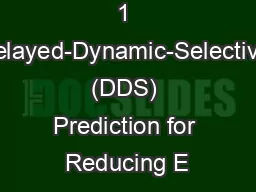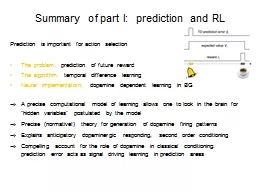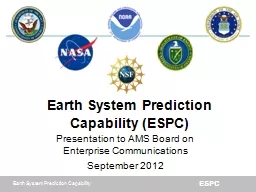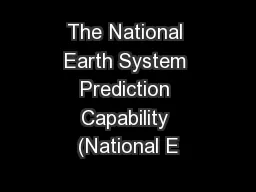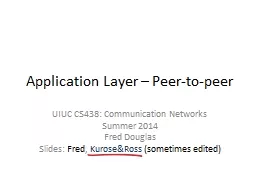PPT-Peer Prediction
Author : kittie-lecroy | Published Date : 2017-09-11
conitzercsdukeedu Example setup We are evaluating a theme park which can be either Good or Bad PG 8 If you visit you can have an Enjoyable or an Unpleasant experience
Presentation Embed Code
Download Presentation
Download Presentation The PPT/PDF document "Peer Prediction" is the property of its rightful owner. Permission is granted to download and print the materials on this website for personal, non-commercial use only, and to display it on your personal computer provided you do not modify the materials and that you retain all copyright notices contained in the materials. By downloading content from our website, you accept the terms of this agreement.
Peer Prediction: Transcript
Download Rules Of Document
"Peer Prediction"The content belongs to its owner. You may download and print it for personal use, without modification, and keep all copyright notices. By downloading, you agree to these terms.
Related Documents



